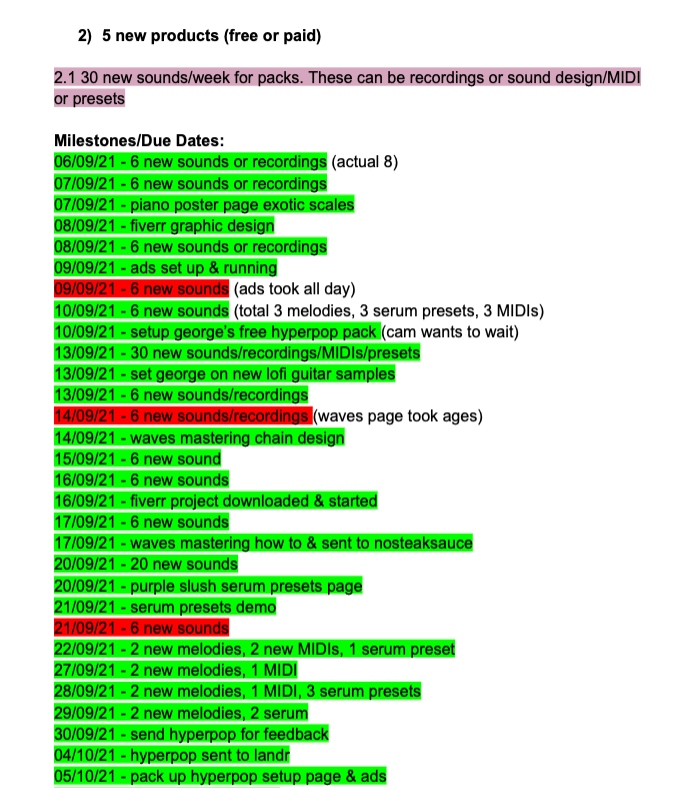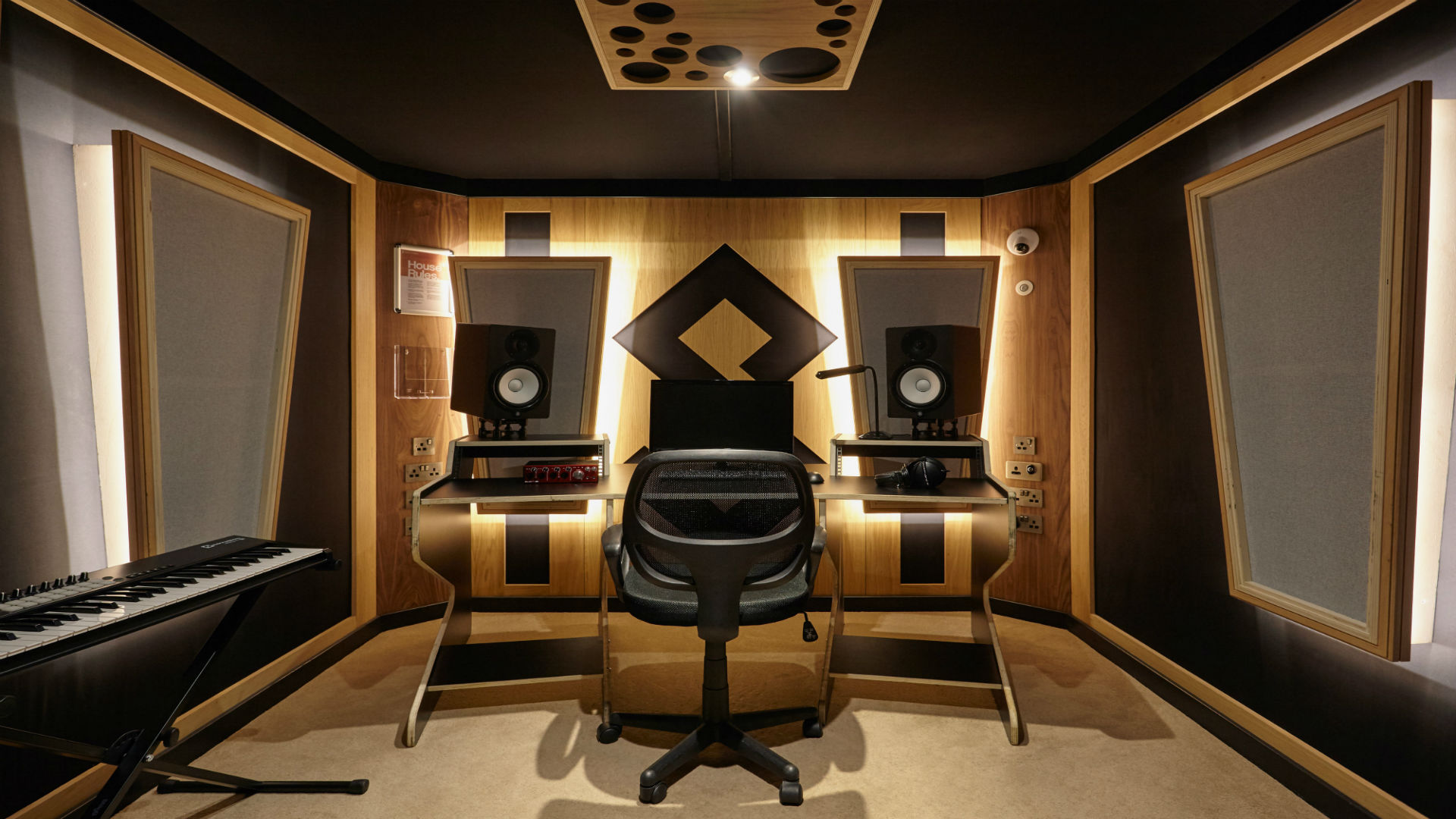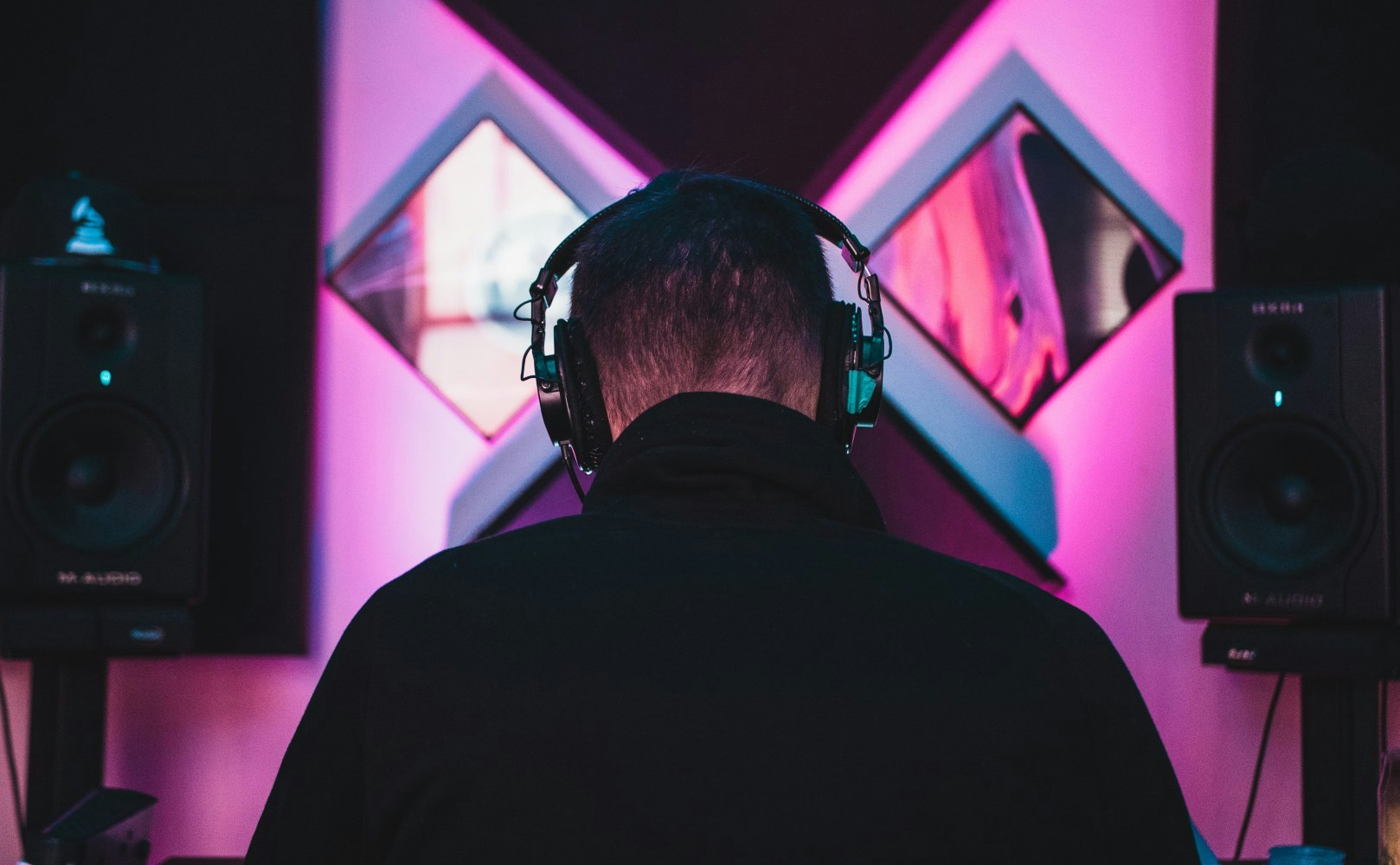
■ Features
This is part 1 of a 3-part guide to making and selling sample packs created by Harry Jackson from Whipped Cream Sounds.
Sample and preset packs can be one of the most lucrative projects in your music production career. In my opinion, it’s something every producer should at least attempt once. Even if you make nothing, the mammoth task will provide a great deal of learning and experience that will help you shape the producer you want to be and vastly improve your skillset.
During the creation of my first and second sample pack for sale, I learned more about music production in those couple weeks than I ever have.
Being forced out of my comfort zone and having a deadline made me seek new ways of creating and learning… stuff I’d never though about before. And, because I stuck to one synth (my favourite Serum), I was able to truly master it — helping me to understand sound design more as a whole.
Anyway… enough salesmanship selling you the idea that making a sample pack is worth it — how the hell do you do it?
In this article, I will cover everything to do with how you should plan your first sample pack project, assuming you know nothing so far.
In Part 2 of this guide I'll move onto creating the sounds and in Part 3 I'll cover how to create melodic synth patches for sample packs, but that's getting ahead of ourselves, let's get into the planning.
This is pretty basic and obvious, but I cannot stress the importance of this step. DO NOT SKIP IT, you will spend longer than you need and most likely end up not completing what you set out to do.
DO NOT pick something that you’re not interested in or something that you think will make money. This is only going to make you hate the process of creating a pack. It’s a long, difficult and interesting process, so you need to ensure there is some passion behind it, or you won’t get through the difficult hurdles.
So what are you going to make?
Make sure you know and write it down!
This doesn’t have to be an extensive business plan, but you need a plan. The famous quote “fail to prepare, then prepare to fail” comes true most of the time for most people. You’re not superman or someone special. You’re a human with lots of space for error. So, even if it is a short plan — get it down on paper and follow it. It will keep you focussed.
To give you some pointers on how to create a sample pack plan, you’ll want to cover a few bases that I’ll list below.
To do this you’ll want to look at a few of your favourite sample packs. How do they organise it? What are the folder names? How many sounds in each category? Is this the best layout or would you prefer it another way?
Find answers to these questions and then apply it to your own sample pack. Do you want to make a small focussed sample pack, or a huge expansive pack that covers all bases? Figure this out first and plan accordingly.
Doing this will help you prioritise time to specific parts of the pack, when you know they are lacking.
For instance, if you want to make a 300 sound pack and you’re breaking it up like:
You will know if you’ve made 40 synth presets and only have 20 drum one shots, you need to start prioritising and work on the drum one shots and other parts of the pack.
Once you know what you need to make, you can also start to plan out your day into 1-2hr chunks working on specific tasks.
So here’s what a weekly schedule could look like (I have planned it assuming you have a day job):
What makes your pack different from the hundreds of others out there? Hone in on this and make sure there is a purpose for it. If you’re just making it for fun and to learn more, that’s a 100% valid purpose and you don’t need to go any further.
However, if you want to sell it, then you’ll want to think of a couple of points. I’ll use my most recent pack as an example - Redd Velvet Hyperpop Melody & Serum Presets.
At the time, there were barely any Trippie Redd style Hyperpop samples on the market - making it something people would want due to the popularity of the sound. I also absolutely love electronic music production and sound design, so I knew I was going to enjoy the process and learn a lot.
I focussed this pack on melodies because I know beatmakers struggle with melody design and always look for new loops to use (especially unknown ones). They were also all made royalty-free for profit because producers don’t want to siphon their profits off to someone else if they get a placement.
As an EDM producer, it also gave this pack an edge because the sounds were also a lot more unique and better processed than the available packs at the time.
All MIDIs were included to help as starting points and to be used with the included synths. Stems for each melody were additionally included to ensure that the producer had full control at all times. These are all big selling points of the pack and as a result, enticed producers to make the purchase.
Did I do it all correctly? Almost definitely not. But I’m providing these examples so you can take them and use them as a springboard to let your ideas flourish.
Set a deadline when you want sounds to be done by and keep track of it making yourself accountable! I used a google docs business plan I made for the period I was making sounds and made sure to make at least 5-10 sounds/day.
This is part of a bigger business document I have that helps me keep track of what I’m doing and makes sure I’m on point all the time (even when I’m tired, excuse driven and don’t wanna do it)!

You might be like past me thinking “nah don’t need it mate, it’s all in my head”. But don’t fall for that trap. Everytime I personally make a plan, I get more work done than without it. And I’m certain you do/will too.
If you want to sell your pack and get sales you really need a plan for this. You’ll want to set a release date to ensure everything is ready by that date to post etc. You can then build a bigger plan around this release date.
You’ll also want to make demo videos and audio to showcase on the sales page and social media. A lot of time can go into these making sure they’re sized properly for each platform (facebook, tiktok and insta are all different). And, even more, time goes into this if you’re running paid ads/have a social media schedule to follow. To get the most sales you’ll want to make different variations of these videos and see which performs best.
I like to post on reels and TikTok, see which one does best organically and then use that one for ads. It’s like a free form of testing.
Here’s a list of what you should aim to create:
This will help you in the marketing process because you can test different videos and see which works best. What gets the most clicks, what gets the most sales, comments engagement etc.

Though the planning stage is often the least exciting, it's absolutely crucial for when you begin making and thinking about selling your sample packs.
Once you've finished with the planning stage of making and selling your sample packs, you're ready to move onto the fun bit, creating the sounds.
You'll learn all about how to actually make a beat pack in Part 2 of my 3-part series on how to make and sell sample packs.
Feeling inspired to learn how to produce music? Get started by booking a recording studio in Germany, the UK or US with Pirate.
